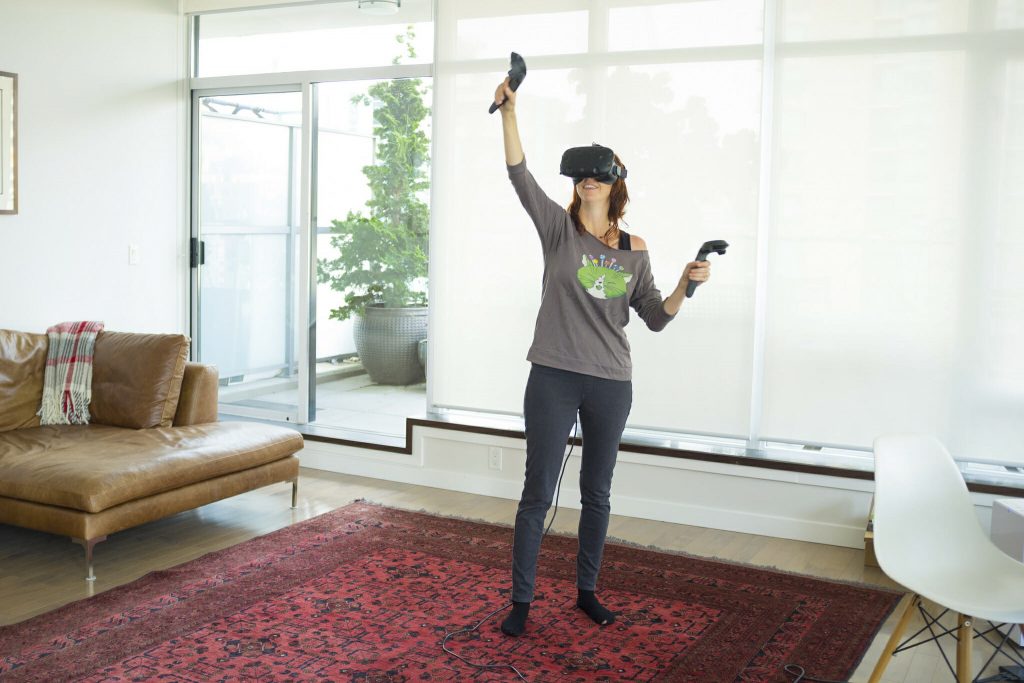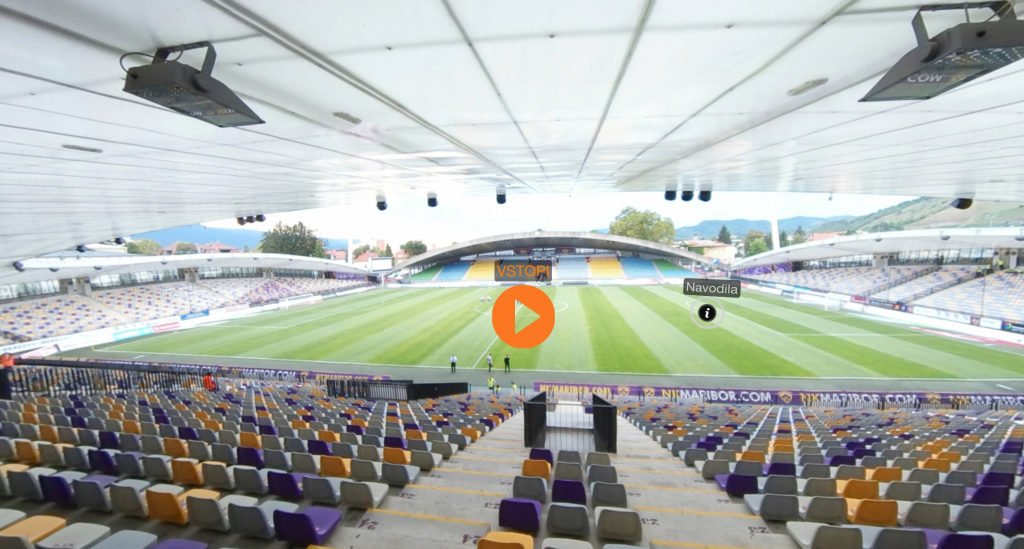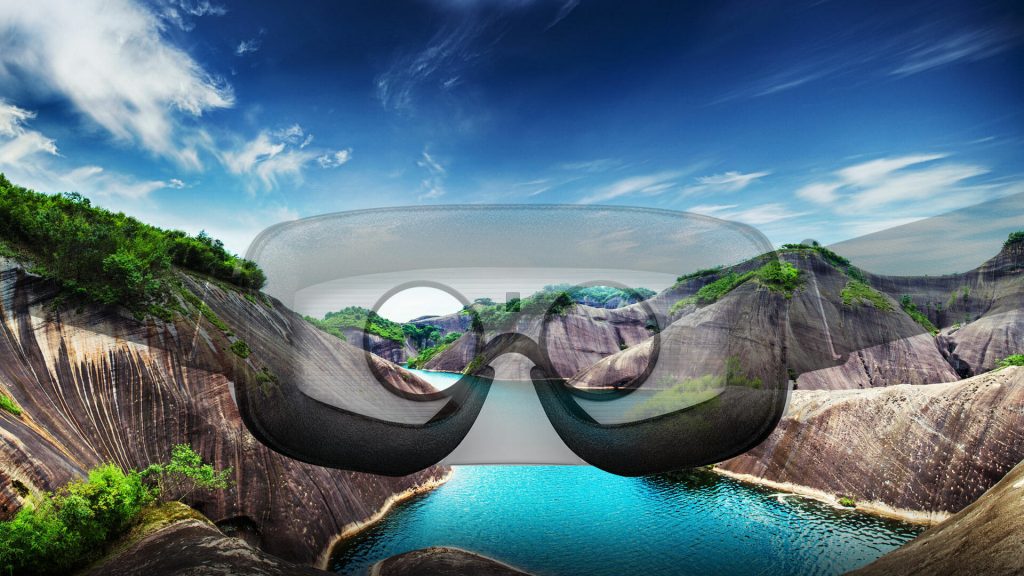VR has been changing the field of L&D for quite some time now. This immersive technology with an ability to provide unique, real-world experience has been often addressed as »the future of L&D«. Though, it can only become the future if L&D professionals know how to implement it correctly. With 91% of L&D leaders wanting to implement VR but only 2% of them actually using it, we think it is time to define how to make your dreams a reality.
However, VR may work in one organization but fail in another. L&D professionals should consider adapting the cases to own businesses and come up with the most effective and realistic strategy for adoption. Are you an L&D professional and interested in implementing a VR experience for your company? Read further. Here are the 4 steps on how to do develop a strategy for VR adoption:

1. Check if there is a real need for VR
When implementing VR in learning, L&D professionals often miss the identification of what the real need is. This is why determining the need should make your first step. Wrong decisions about VR come with great consequences, as VR is driven by high costs and challenging content development for each specific scenario.
One should carefully consider the goals and challenges of its implementation. Your learning challenge could be, for example, the lack of communication. How will you achieve it? Is VR an effective tool for such a case? On the other hand, define your learning goals. What do you want to achieve with the training? Enhance the feeling of belonging to a community or encourage teamwork?
Determining the real need is a must! Think about what kind of knowledge do you wish to pass on through VR and how will employees be able to implement it in their everyday work. Specify, qualitatively and quantitatively the suitability of VR for your organization and how it should be used – through specifying outcomes.
2. Determine the correct pedagogy
The main goal here is to create a safe learning environment for people during the VR experience. Select a scenario that won’t cause any side effects, such as nausea, discomfort, motion sickness or lack of space. Also, consider hardware related issues that may occur during the training. For instance, VR designed for mobile devices may overheat after 10-15 minutes of use. Therefore, specify the length of your training and the equipment you want to use for it.
3. Create your own use-case
After deciding that VR is the perfect tool for you, it’s time to think about the content. If you’re running short on time and budget, you might want to consider using a third-party VR content. Google is the perfect source in this case. Pages, such as Reddit contain a lot of information on VR implementations and company cases. An idea is to incorporate 360° videos, and Viar360 can help you with that. If you’re in search for more tips, check out the Learnbrite’s blog post on 11 mind-blowing uses of VR.
If you have enough time, finance, and want to be creatively involved, why not design own scenario. Develop a pilot training first and test it out with a couple of employees. This way you will evaluate its efficiency, but also note down any physical, psychological or financial challenges that may prevent you from running the training full-time. If the adoption through pilots succeeds, you may proceed to the next phase – the top end immersive VR.
4. Measure the important bits
Measurements should always be in line with the outcomes you set in advance. If you’ve used the pilot program, measure its results first to see what works and what doesn’t. You can adapt the experience later.
For example, if you wish to increase communication within employees, you might want to consider measuring net promoter scores (NPS), the productivity of how well the team works together, or engagement between employees. If you’re focusing on increasing productivity or efficiency, the correct metric would be the length of completing the task.
Those were the tips and tricks on how to implement VR learning as an L&D professional. To sum it up, as an L&D professional, you have to focus on developing a VR strategy by first determining the need for VR learning, setting the right environment, create or search for third-party content, and measure the results.




